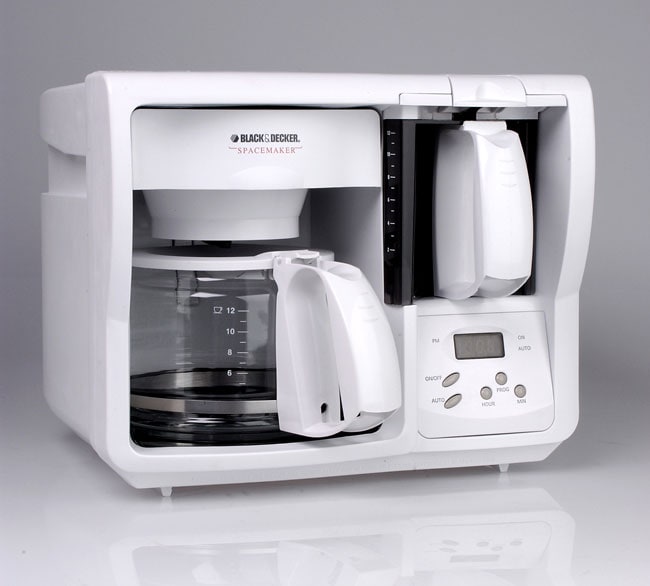


“They created this one to send to their distributors and give away at trade fairs, but it ended up so popular they decided to release it to the consumer market.” It’s a straightforward machine (no grinder, no dual boiler), but it works like a charm. “Rancilio used to make commercial machines,” Mody says.

The Rancilio Silvia Espresso Machine comes enthusiastically recommended by Cary Wong, a member of the Partners Coffee education team, as well as Suyog Mody and James McCarthy, founder and coffee educator, respectively, at Brooklyn’s Driftaway Coffee. No dual boiler, no built-in grinder | 9.2 inches x 11.4 inches x 13.3 inches | $$ But the cost is relative and is denoted in this list by the number of dollar signs: $ means it costs less than $350, $$ means between $350 and $850, $$$ between $850 and $2,000, and $$$$ above $2,000. Price: As I said, espresso machines aren’t cheap. I’ve listed the dimensions of each machine below. Size: Creating a home espresso station can take up considerable counter space. Some machines have that mechanism built in, while for others, you’ll need to buy one separately. The second component to consider is whether it comes with a grinder. This, as Jerad Morisson, co-founder and co-CEO of Sightglass Coffee in San Francisco, explains, “really helps temperature and pressure stabilization so the machine is dependably at optimal brewing and steaming settings.” If the machine you’re considering doesn’t have a milk frother, you’ll have to make your coffee and your milk one after another. If it does, it may have a “dual boiler,” allowing you to pull your espresso shot and froth your milk at the same time. The first is whether it comes with a milk frother.
Space saver coffee maker portable#
And finally, there are a couple of budget picks that were less talked about but may be exactly what you’re looking for.īest overall | Best less-expensive | Best portable | Best compact | Best stovetop | Best that also makes coffee | Best with built-in grinder | Best with dual boiler | Best with built-in grinder and dual boiler | Best high-endĬomponents: There are two main components to consider when buying an espresso maker. There are several options in the hundreds-of-dollars price range that pretty much all the pros I talked to said make for totally solid home setups, however. The most lauded option - the one that will truly give you café-grade shots and beautifully frothed milk - is well over $5,000. But the reality is, if you’re not willing or able to spend a decent amount, you’re not going to get equipment worth owning.” The market for espresso equipment simply isn’t as widely populated or impressive as that for standard coffee makers, but while Ramage’s view is, to my mind, too unconditional, it serves as a bit of a disclaimer for the list below. “The most common answer I get is to save money. “My first question when people tell me they want to make espresso at home is ‘Why?’” says Kyle Ramage, co-owner of Black & White Coffee Roasters in Raleigh, North Carolina. And if you care about how good your espresso tastes, you’ll likely have to invest some real money into its production. It’s not that it isn’t worth doing it’s just that if you have enough of an espresso habit to warrant a home setup, you probably care about how good your espresso tastes.


 0 kommentar(er)
0 kommentar(er)
